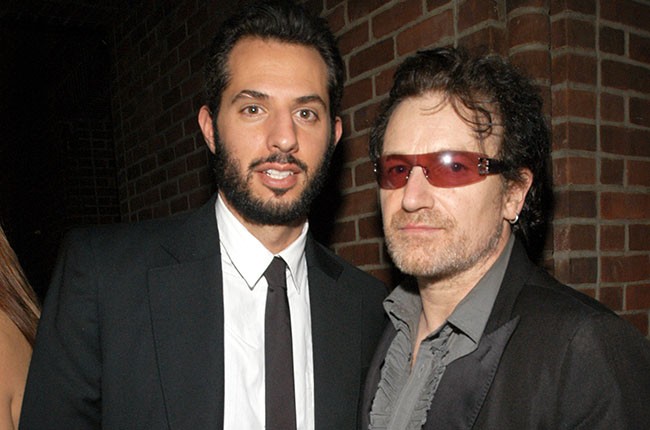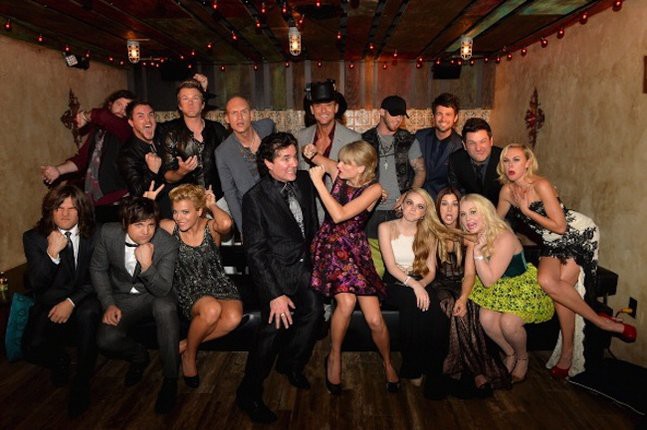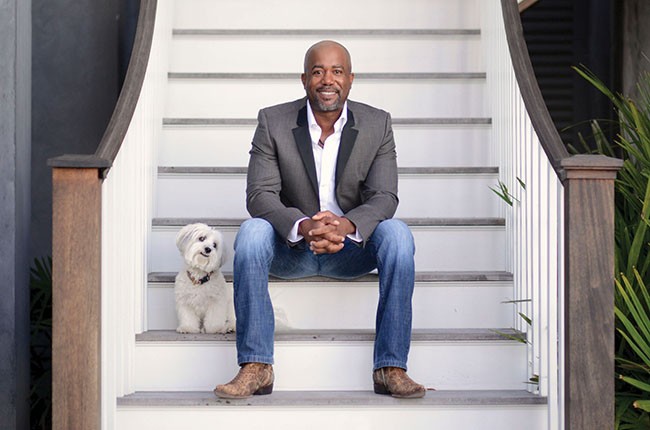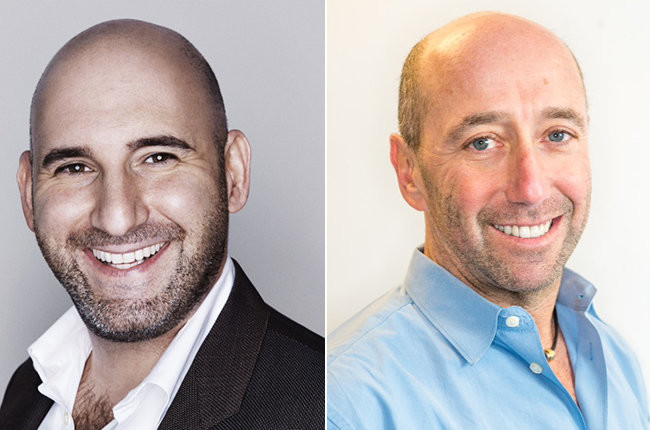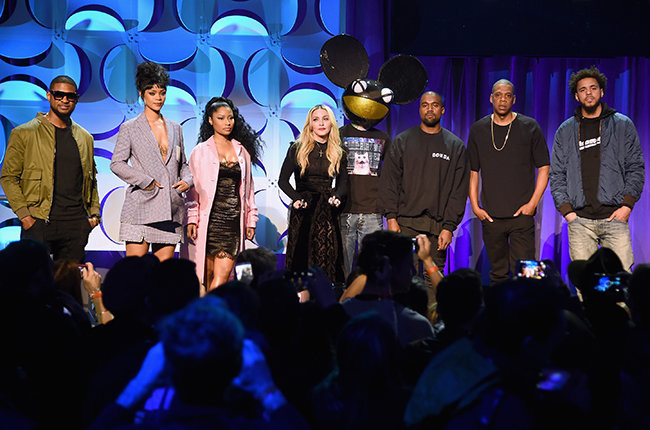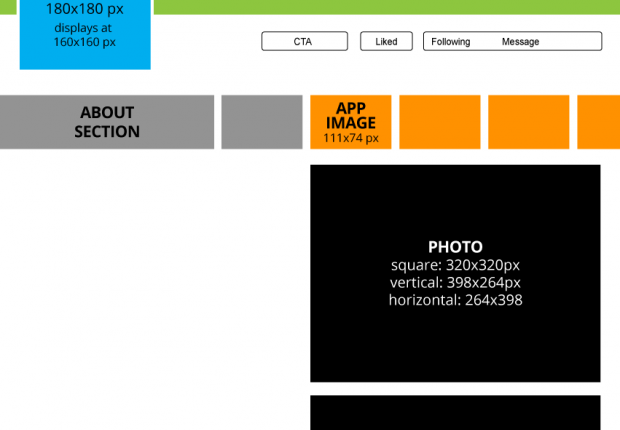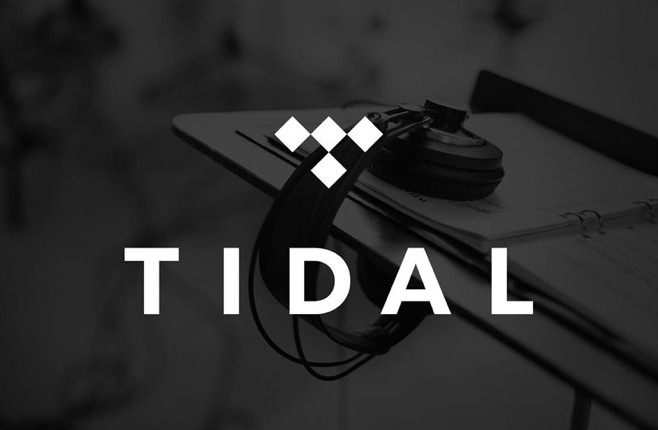billboard.com –
Overall, Tidal has the starting framework of what could be an interesting and engaging artist-led and backed company. With the product as-is, Spotify or Apple launching a lossless quality tier could make Tidal irrelevant– but for one major thing: superstar exclusives.
Right now, Jay Z’s very newly acquired Tidal (which launched in the U.S. in October) is essentially a barebones version of existing streaming services, plus a few interesting features that differentiate the service (and some newly added and exclusive content from its star-studded equity partners).
For $19.99/month, users get “lossless high-fidelity sound quality, high definition music videos and expertly curated editorial.” For half the price, $9.99, users can stream the same content in it’s standard, compressed form.
The service comes with most of the bells and whistles we now expect from an on-demand subscription services: artist and track based radio, cached downloads for offline listening, music segmented by genre, a section for new music, themed playlists, and a way to favorite tracks, albums and artists. It’s easy enough to navigate and has a dark theme that at times looks strikingly similar to Spotify:
Here are some of the things that set Tidal apart:
Credits: Hidden away in a sub-menu that appears to only exist on the mobile app is one really awesome thing about Tidal: song credits. By selecting “Track Info,” songs reveal producer, lyricist, composer and engineer credits, where available, something missing from its competitors. For example, the credits for Sam Smith’s “Stay With Me” accurately reflect the addition of Tom Petty as a composer and lyricist.
Audio recognition: Tidal sports a Shazam-like function directly within the app, similar to a feature Genius introduced. Once a track is identified, the “audio search” brings users directly to a stream of the full track.
Audio Quality: The service’s lossless audio does sound noticeably different. How important that fact is to consumers is yet to be seen. The only other streaming service with the same level of sound quality available is Deezer Elite, which currently is only compatible with Sonos speakers.
Ad-Free Music Videos: Tidal streams high definition video as well as music. But the service doesn’t really do anything to highlight the videos beyond placement on the “What’s New” page. Videos appear as a separate vertical when looking at an artist’s page, but aren’t linked to within tracks, i.e. if I stream “Only One” the video does not automatically appear as an option to watch– it’s on a separate page.
Editorial: Earlier today, Tidal displayed original editorial content in buckets at the top of the main vertical, featuring buzzy artists like Courtney Barnett and Natalie Prass and a playlist made by Screaming Females’ Marissa Paternoster. The home page now features custom content by the new equity partners like Beyonce’s “Festival Favorites” and a video of Jack and Meg White’s first recorded performance.
And some of what the service needs:
Social: Tidal is designed for the solitary listener: there is no social layer (i.e. a “what my friends are listening to” stream or a in-app messaging system).
Desktop App: Tidal only comes in the form of iOS and Android apps and a browser version, there is no desktop application. The link between the browser version and mobile app is weak: users can’t sync to mobile from the browser version, only directly on mobile. Also, a user’s play cue doesn’t sync between mobile and desktop (ie. If i’m listening to a Rihanna song on my computer and I pause to open the app on my phone, it displays the last song I was listening to on mobile, NOT the Rihanna song).
No Extras: Tidal is missing a few nifty integrations Spotfiy has added, like links to tour dates, artists merchandise and song lyrics.
Sorting: For a service that appears to be catered to music fanatics, it is puzzling Tidal does not let users sort albums and songs by release date and does not let users search by label.
Discovery: Tidal is not an easy button like a radio dial. Tidal is a lean forward experience designed for people who already know what they want to listen to. It is not heavy on recommendations.
As announced yesterday, Beyonce, Rihanna, Kanye West, Jack White, Arcade Fire, Usher, Nicki Minaj, Coldplay, Alicia Keys, Calvin Harris, Daft Punk, deadmau5, Jason Aldean, J. Cole and Madonna are all equity partners in the service and will likely contribute windowed and/or exclusive content from all.
The bottom line: A rising #Tide lifts all boats: as more users and artists embrace paid streaming, the overall pie will grow. Competition between services should hopefully breed better products for both fans and artists. If Dr. Dre succeeded in selling $14 headphones to consumers for 200 bucks, perhaps Jay Z can sell a lossless catalog of 25 million songs and growing for $240/year with the same #FOMO marketing and “trust me, this is better” seal of artist approval.
But with Dre’s headphones, I can listen to any music I want to, from any source I want to. As artist exclusives become the standard and catalog is fragmented between services, I may only be able to listen to new music from some, but not all, of music’s “one percent” through Jay Z’s Tidal.

